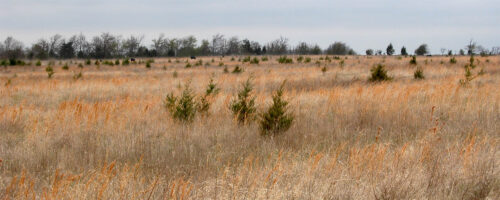With the increased publicity regarding controlled burning and wildlife management associations, some people have expressed interest in forming an association but do not quite know where or how to begin. There are many ways to form an association, but there are some important steps to consider.
To be successful, an association should be a locally led, grassroots effort. Governmental and non-governmental agencies can assist by serving as advisors, providing technical assistance and removing bureaucratic roadblocks; but without local leaders and local involvement, an association will fail – period. Creating and maintaining a locally led association is absolutely the single most important aspect to consider.
There are two basic ways to organize an association and either will work. The first way is to organize loosely with or without officers, and the second is to formally elect officers and develop bylaws and other pertinent information. If the association wants to become a nonprofit corporation such as a 501(c)(3), formal organization or qualifying to become affiliated with an existing nonprofit with the same goals and objectives is required. A 501(c)(3) status makes an association eligible to apply for grants and receive tax-deductible charitable donations.
Many people are uncertain about how to begin, but there are many ways to start forming an association. The following actions may help:
- Visit neighbors and/or other landowners in the local area to determine level of interest.
- Contact people involved with similar associations.
- Organize an informal meeting and meal to discuss interest and potential. Include key landowners or individuals in the community and people with experience in other associations.
- Generate rough ideas for goals and objectives. Do not get hung up here. There are many possible goals and objectives. Seek everyone’s input, and realize goals and objectives can be adjusted or changed as the association matures.
- Ask for commitment from key landowners or influential members of the community.
- Organize a more formal meeting and meal to discuss geographical boundaries and preference of informal or formal structure. Note: a formal structure can be developed later, if needed.
- Identify several key people to share responsibilities. Successful associations have several people involved with coordinating and scheduling.
Be sure to plan meetings and fun events at least once every year and consider incorporating education into these events. Resources such as university, governmental and private agencies are available to help with educational events. A critical role for local leaders is to be sure these events happen and that all members of the association are kept informed.
There are many benefits of forming an association. Major ones include sharing of equipment and labor, management of natural resources such as wildlife habitat and populations over a larger area, and accomplishing or influencing other activities as a result of a group of people working together. It is not easy and requires time, but these benefits are worth it.




Comment